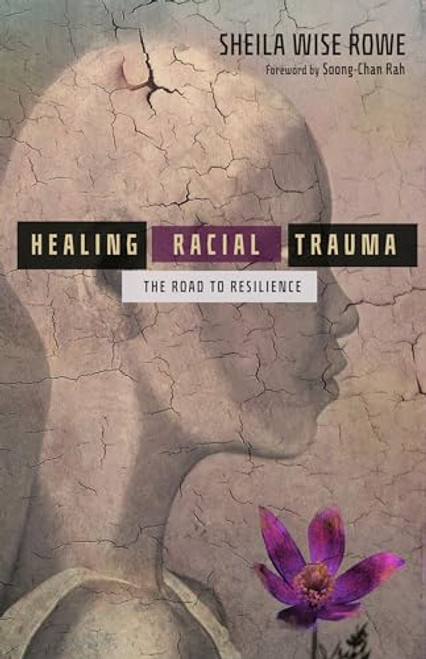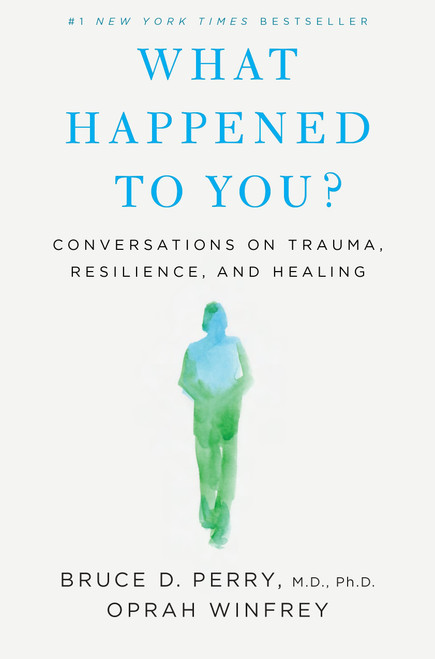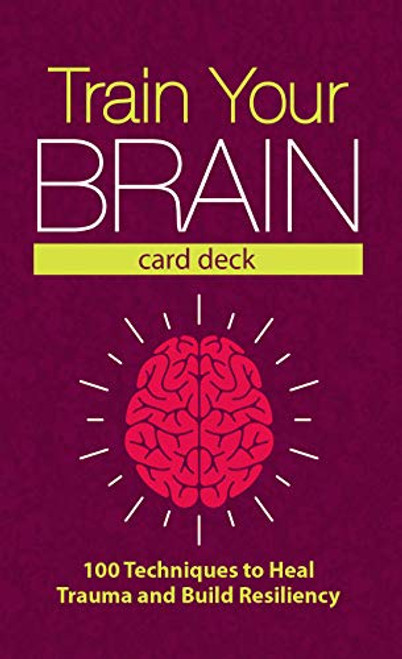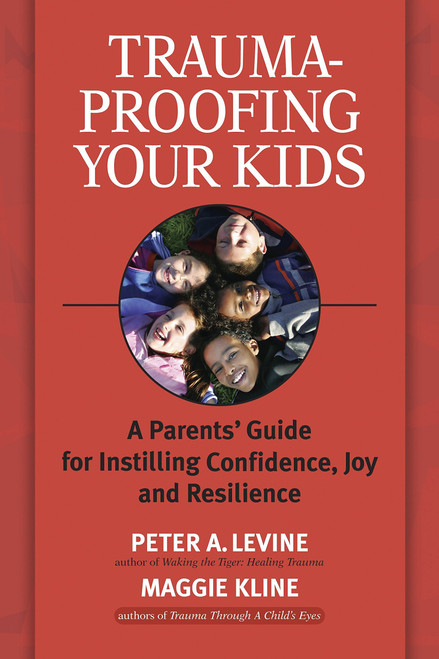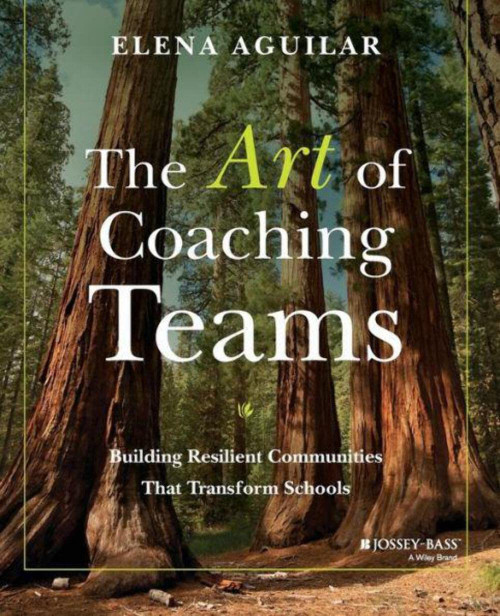After a traumatic experience, survivors often experience a cascade of physical, emotional, cognitive, behavioral, and spiritual responses that leave them feeling unbalanced and threatened. Building Resilience to Trauma explains these common responses from a biological perspective, reframing the human experience from one of shame and pathology to one of hope and biology. It also presents alternative approaches, the Trauma Resiliency Model (TRM) and the Community Resiliency Model (CRM), which offer concrete and practical skills that resonate with what we know about the biology of trauma.
In programs co-sponsored by the World Health Organization, the Unitarian Universalist Service Committee, ADRA International and the department of behavioral health of San Bernardino County, the TRM and the CRM have been used to reduce and in some cases eliminate the symptoms of trauma by helping survivors regain a sense of balance. Clinicians will find that they can use the models with almost anyone who has experienced or witnessed any event that was perceived as life threatening or posed a serious injury to themselves or to others. The models can also be used to treat symptoms of vicarious traumatization and compassion fatigue.




